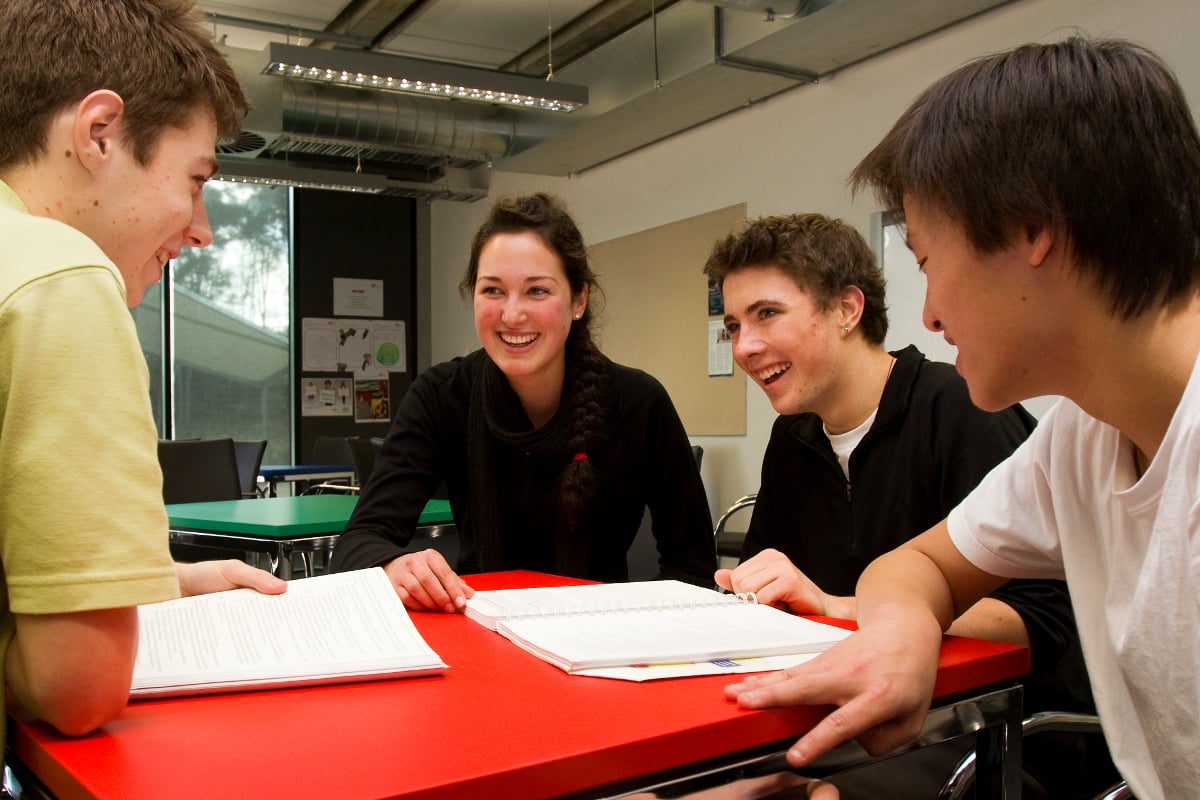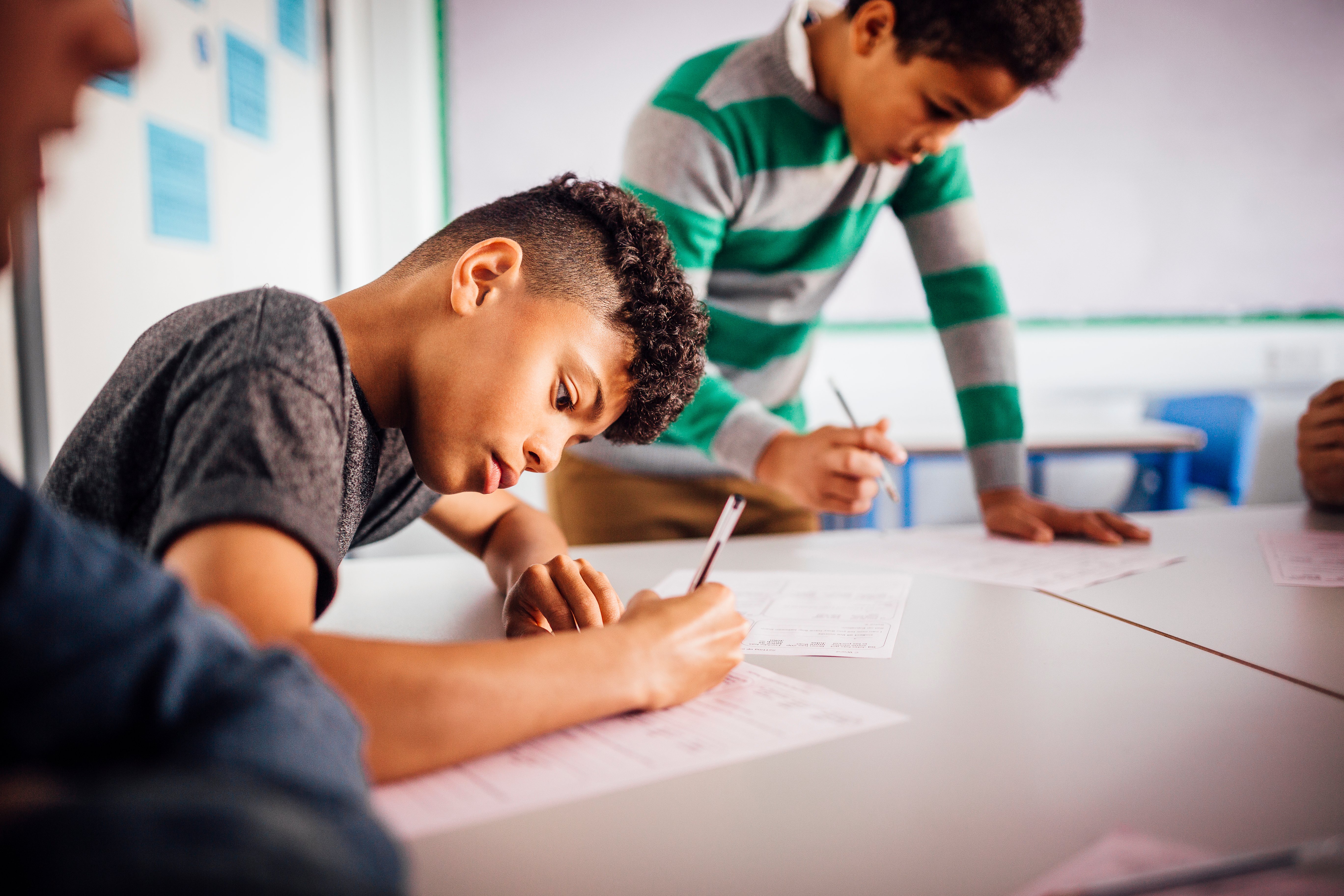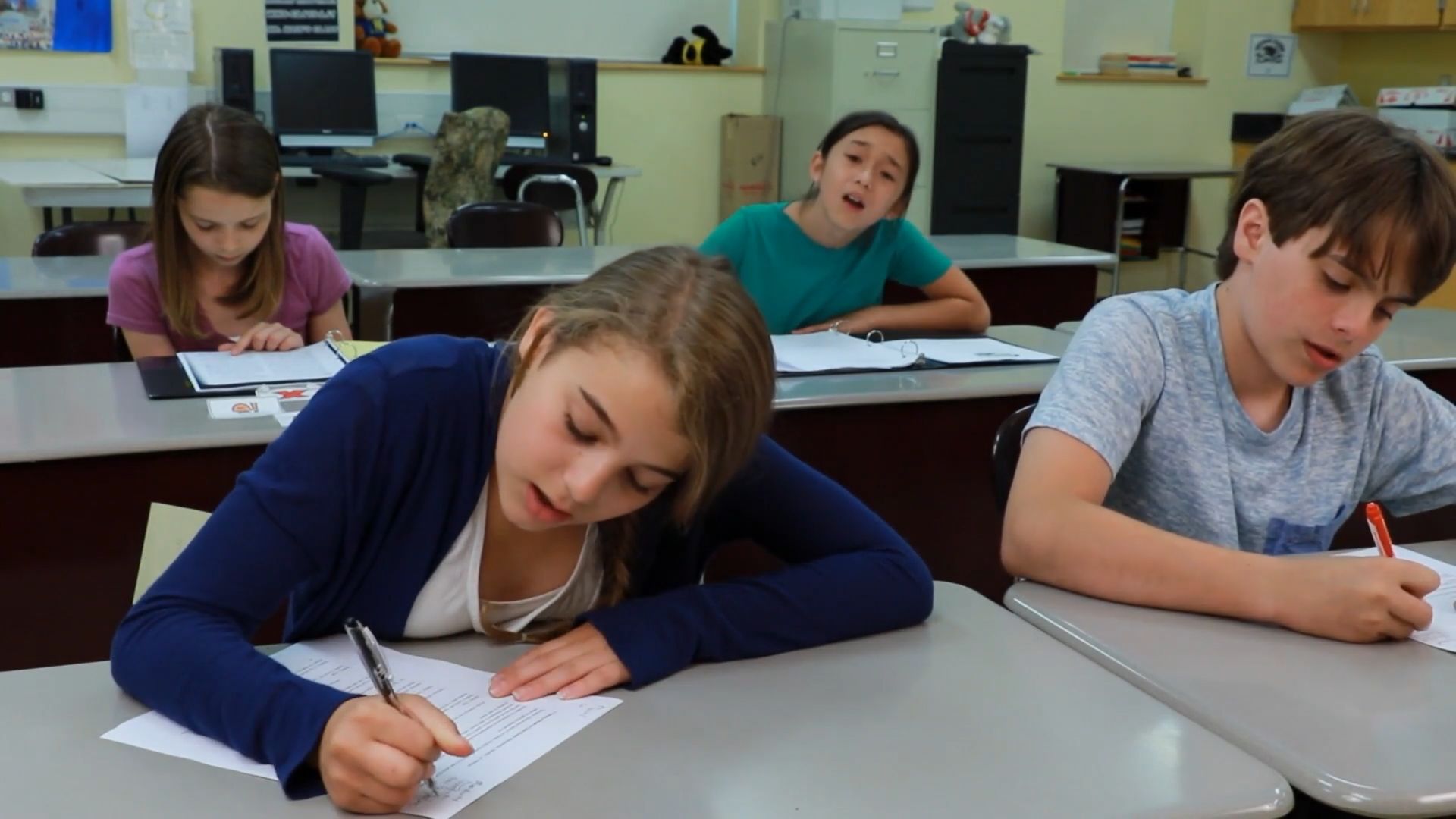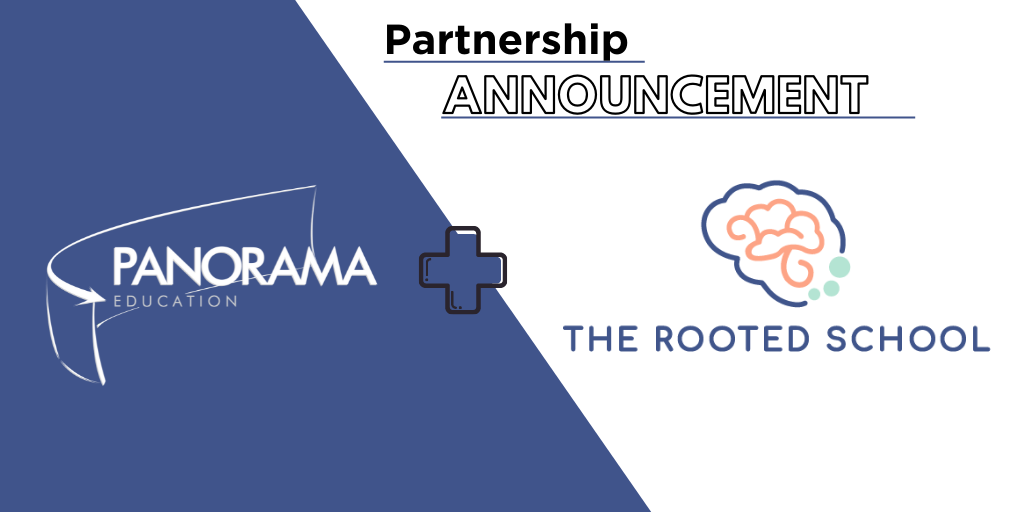Educators work hard to provide high school students with the necessary skills to succeed in the classroom and beyond. While grades and test scores are often the focus in high school, many districts are bringing social and life skills into their portraits of a graduate—recognizing that students need both academics and life skills for college and career readiness.
Life skills are important for all young people, from elementary through high school, but you may feel like you have to choose between teaching academic subjects or life skills.
What if you could have both? Here are five activities for high school students that you can incorporate directly into classroom curriculum and lesson plans.
Why Are Life Skills Important for High School Students?
Life skills can improve students' attitudes, relationships, mental health, and academic performance. Research from the College and Career Readiness and Success Center shows that strong social skills can help students regulate their own emotions, make friends, resolve conflicts, avoid engaging in risky behaviors, and make ethical and safe choices, all of which are integral to post-secondary success.
Integrating life skills into academic lessons can strengthen both areas for students. When students have strong life skills, they are more likely to achieve academic goals and thrive in the classroom. Likewise, academic lessons can be enhanced when paired with life skills strategies and provide an excellent platform for practicing life skills.
|
|
1. Fist to Five

Courtesy of CharacterStrong
Overview: Use this research-backed, formative assessment strategy to gauge students’ opinions, level of comfort on a topic, and/or readiness for a task. This interactive technique is quick, can be done several times throughout a lesson or discussion, and provides instant feedback to the lesson.
Instructions for Implementation: Pose a topic and allow participants to share their feelings on it by holding up a number representing where they fall on the scale of 0 (fist) to five (all five fingers up). A fist indicates that they are feeling very uneasy and need more support or instruction. A five indicates that they are comfortable, excited and ready to go! For example, after introducing a new math concept, you could ask your students to use “Fist to Five” to indicate how well they understand the information.
|
Pro Tip: Work with students to create a description for each number. What does a “1” mean to students in your classroom? What does a “4” mean? This will help everyone establish the differences between each level. |
2. Reflect and Respond Circle
Overview: This activity is particularly useful for enhancing self-management and social awareness skills. The goals of this strategy include: strengthening self-management skills by fostering impulse control and self-discipline as students practice active listening.
Instructions
- Choose a reading or video excerpt that will serve as the basis for the activity. This can align to recently taught content or upcoming lessons/projects, current news, etc.
- Instruct participants to read or view the selected material and highlight three sentences or note three ideas that resonate with them.
- Ask participants to write each chosen sentence or idea on the front of an index card. On the back, they should write a few sentences explaining why they chose that particular quote or idea.
- Divide the class into groups of three and assign each person a role: A, B, or C.
- Invite Participant A to read one of their chosen quotes or ideas to the group. Participants B and C will then discuss the quote or idea while Participant A listens.
- After a few minutes, allow Participant A to read the back of their card, thus having the last word. Repeat the process with Participants B and C.
- Debrief by asking questions such as: What benefits did you experience from listening to others before speaking? or How challenging was it to hold back your own thoughts while others spoke?
3. Social Contract

Courtesy of CharacterStrong
Overview: Establish an agreed-upon set of classroom values, expectations, and consequences that all students help create and sign. A social contract gives students a voice in creating their own class environment and deciding how their ideal class should look, sound, and feel. It also serves as a tool for addressing behaviors with clear, logical consequences that the teacher and students have already agreed upon and committed to.
Instructions for Implementation:
- Share Context About the Contract (5-10 minutes): Share with the class that -- because you believe all people in the room should have a voice in how the class functions -- you are all going to work together to create a set of classroom expectations. Explain that this will become a contract that everyone signs, and that it will be posted up as a reminder of what they created together and agreed to as norms.
- Posing Questions for the Contract (5-10 minutes): Ask students to individually respond to the following questions. They can use both words as well as images to help paint a picture. (Remind students that they need to be realistic when responding because we really want to use their ideas.)
• How do you want to be treated in class? What does that look/sound/feel like?
• How do you believe I want to be treated as your teacher? What does that look/sound/feel like?
• What does the ideal learning environment look/sound/feel like? - Group Work + Share Out: Have students share their ideas with each other and see if they can create a single inclusive vision for each question. Ask groups to share out as a class asking a few students to volunteer to write the key words and phrases on the board.
- Collaborate to Create the Contract: Work together as a class to summarize their ideas into a class contract that is posted on the wall, then have everyone in the class sign it.
|
Pro Tip: While this can be used to guide any classroom, it fits in particularly well with history and social studies subjects. What social contracts, written and unwritten, have people lived with in the past and present? How is your contract similar? How is it different? How does culture inform a social contract? |
4. Mindful Observation
Overview: This simple mindfulness-based stress reduction practice can help students and adults quickly feel grounded when fear arises.
Instructions: When fear (or a similarly unsettling emotion) arises:
- Look around the space you are in (e.g., your classroom or office).
- Pick five objects in your space as you scan it.
- Say the name of each object out loud. For example: phone, pencil, poster, coffee cup, calculator.
- Repeat this three to five times, deliberately repeating the names of each of the five objects while taking some deep breaths.
- Scan your body. Do you feel more grounded in space and time? Does your brain feel clear? Does your body feel calm?
- If you are not feeling grounded, repeat this process a few more times.
5. One Takeaway
Overview: This activity is designed to help students develop their ability to reflect, articulate their thoughts and feelings, and consider their future actions. In the One Takeaway
activity, students are asked to reflect on a key learning or positive aspect they gathered from the day's lesson. They then share this takeaway with the class, promoting a sense of optimism and forward-thinking perspective as the day ends.
Preparation
Prior to the activity, educators should consider the key learning points of the day's lesson that they would want their students to reflect upon.
Instructions
Introduction (5 min): Begin the activity by explaining its purpose, which is to reflect on the day's lessons and share one key learning or positive aspect with the class.
Individual Reflection (10 min): Allow the students some quiet time to think about their one takeaway from the day. This could be something they've learned, a skill they've practiced, or a positive experience they've had.
Sharing Takeaways (10 min): Ask each student to share their takeaway with the rest of the class.
|
Frequently Asked Questions: 1: How do life skills benefit high school students? Life skills enhance students' attitudes, relationships, mental health, and academic performance, preparing them for college and career success. Research shows that strong life skills help students regulate emotions, build friendships, resolve conflicts, and make ethical choices, all crucial for post-secondary endeavors. 2. Can academic lessons be integrated with life skills strategies? Yes, integrating life skills into academic lessons strengthens both areas for students. When students possess strong life skills, they are more likely to achieve academic goals and thrive in the classroom. Additionally, academic lessons provide an excellent platform for practicing life skills, fostering holistic student development. 3. How can educators assess students' life skills in high school? Educators can gather baseline information on students' life skills using tools like the Panorama Life Skills Student Survey. This survey provides insights into students' strengths and areas for growth in life skills competencies, guiding educators in designing targeted interventions and support. |


.jpeg)




